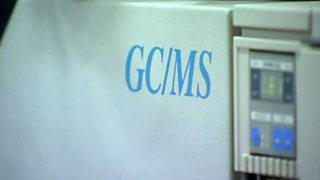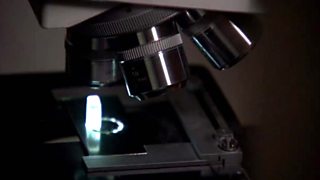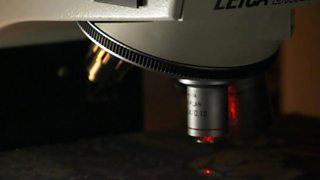Infrared radiation (IR)
Infrared cameras provide a non-invasive method of looking under the surface of a painting.
This method reveals what is hiding beneath.

IR examination detects carbon-based materials such as graphite, charcoal and ink. As a result, it is most effectively used to detect under-drawing: the preparatory sketch, drawing or outline that the artist used as a guide for the painting. Looking at under-drawing can help scholars build up a picture of how an artist worked as well as revealing important information about who painted the picture.
As Infrared rays can pass through the layers of varnish that often coat paintings, it can also be used to show whether a painting has been restored or retouched. However, detecting under-drawing is the most useful function.
IR was used to analyse the under-drawing in the artwork Man in Oriental Costume, seen in Series 1 Episode 4: Rembrandt
Other techniques
-
![]()
Gas chromatography–mass spectrometry (GC-MS)
For identifying the binding medium in paint
-
![]()
Microscopy
For identifying each layer of paint
-
![]()
Multispectral scan
For seeing through each layer of paint
-
![]()
Raman laser spectroscopy
For identifying pigments used in a painting
-
![]()
Thread count
For comparing canvas types
-
![]()
X-radiation (X-ray)
For examining the overall condition of a painting
-
![]()
X-ray fluorescence
For analysing the pigments used in a painting







